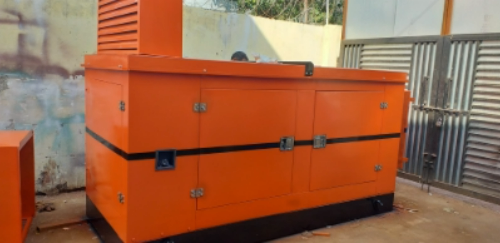

Guru Kripa Engineering is a leading Acoustic Enclosure manufacturer in India. Soundproof Acoustic Enclosure, also referred to as a sound enclosure or soundproof enclosure, serves as a specialized structure aimed at mitigating or managing the transmission of sound. This architectural solution is commonly applied to isolate noisy equipment like air compressors, glass crusher machines, blowers, turbines, and DG sets, among others, from their immediate surroundings. Its purpose extends to creating a controlled acoustic environment for specific activities or processes.
Acoustic Enclosure help in reducing noise by providing an enclosed environment for noisy machines with proper air ventilation. Sound waves which are above 85 decibels are dangerous for an individual living near highways and sideways and can lead to headaches, irritation, increased allergy symptoms, sleep deprivation, and other health problems. It is vital that noise is managed by the machine supplier and employer, rather than relying on the user to wear ear plugs, ear defenders, or similar PPE because damage to hearing is typically cumulative, and till the damage is done the person isn’t aware of the damage at the time of exposure. Acoustic enclosures get rid of offensive noise by dampening or reducing it.
